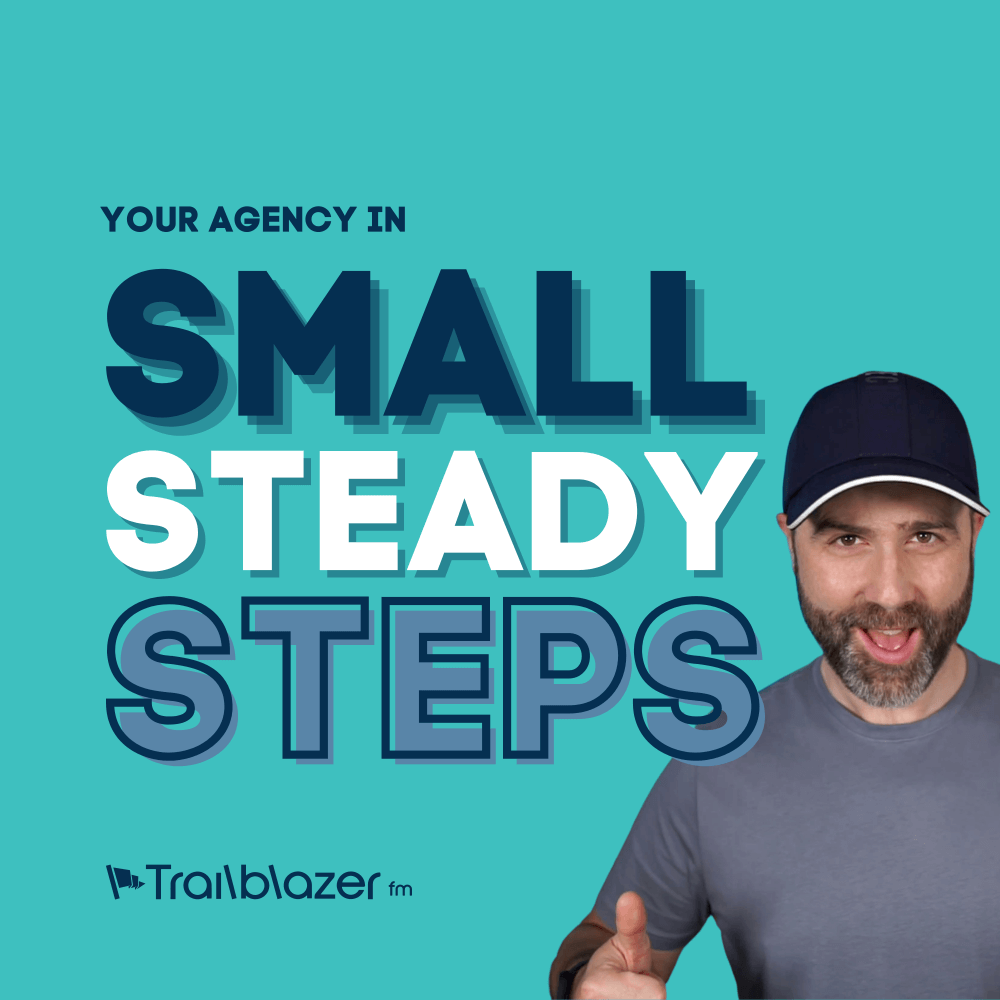
Stay on track with the minimum viable product
When working on WordPress builds, it can be very easy for a project to spiral out of control. Your client may have tonnes of exciting ideas, and as the system you are developing grows, your client see’s new opportunity for new features. As an agency, as long as you have agreed that these changes are chargeable as part of a “change control” it can be tempting to continue to give the client free reign and continue to develop new ideas.
In the long run however, it is in no-ones best interest. A project that does not go live is essentially a project that has not achieved it’s original purpose. Despite the best intentions, the client nor the development team can monitor what new features or value add-ons a visitor/user might want without making the project live.
What is a minimum viable product (MVP)
You will find many definitions of an MVP online, but we are assuming at this point you are a web or marketing agency who is developing a WordPress build for a client. They have invested the resources to meet a specific brief that you are delivering. You and the client will likely have met and agreed the minimum features for go live along with a project schedule.
These minimum/initial features have been determined as those that would provide the features and value to the end user without over investing. This allows the client to:
- Validate their idea
- Receive feedback
- Generate income
- Invest in evolution
Why it is important to deliver the MVP
It is essential that the client validates their idea and investment as soon as possible. Making the system live, they can monitor demand and of course start to generate income. That income can then be used for new phases of development. This benefits the client as they start to see return on their investment, and you as an agency, as they will continue to invest on with the project for future phases to add further values.
Surprisingly we, nor our clients know everything, and launching with the MVP helps avoid building extra features that the target audience don’t want or need. Monitoring what the user community does with the resources you have developed, as well as listening to their feedback can render some amazing ideas that would be far more beneficial to the community and the clients bottom line that any of us could have dreamt up in a night of brainstorming and take out pizza.
And finally, as an agency, there is nothing less satisfying than a project you have poured hours into delivering that never seems to see the light of day! The client too can feel this, and the longer a project takes, the more likely the relationship will strain. If not managed well, you may find your client going else where for phase two of the project.
Staying on track
Develop a very clear brief from the outset
The client will come to you with brilliant ideas. This is a great opportunity to run a workshop with the client to map out precise requirements and to come up with a feature list. This feature list can then be developed into a “Product Specification Document” where you break down things like the database structure, fields, features, taxonomy, user journeys and so on.
This document becomes the guide for the entire project, and if a feature crops up that is not in the Product Specification Document, it should be recorded and parked for a future phase. As an agency, this is particularly useful as you avoid project costs spiraling out of control when a client expresses concern that a feature they assumed was being built is not there.
Break development into sprints
Once the Product Specification Document has been agreed, you can use this to map out the project into chunks. Perhaps tackling it a feature or module at a time. At the beginning of each sprint you can review the document with the client, wireframe what is about to be developed and at the end of that sprint have that development signed off. When a client has signed off that sprint, it should be agreed that it is now “untouchable”, and will form part of the final build. This helps focus the teams, and of course avoid scope creep.
Agree dates and milestones
May sound similar to sprints but this involves agreeing specific major dates that everyone is working towards. For example an alpha or beta test with a sample audience. Or perhaps a date that content population will begin. This ensures everyone is on the same page and is working towards specific dates. It is a shared responsibility, and it really does help the supplier and client bond and pull together for a project.
Top tip: Be sure to check everyone’s holiday/vacation schedules and plan deadlines accordingly. That’s your team and the client team.
Record all new ideas, encourage them, but record them not build them
As we’ve established, ideas are bound to crop up, but without investment and validation of those ideas, they are simply ideas that should be recorded to be reviewed for a new phase of development. Stopping production at any point to discuss a new idea will have a knock on affect to sprints, milestones and before you know it holiday season hits and the July project gets pushed to November.
Wrap up
Throughout a development cycle, clear communication and shared expectations are key. Ensuring you and your client have a designated project manager should benefit this process greatly.
What are your MVP experiences? How do you keep clients on track? Share them in the comments below.
We are a Premium WordPress Consultancy, and our team have helped deliver hundreds of WordPress projects over the last 10 years. If you would like support, consultancy or development adding to your project then get in touch today.








